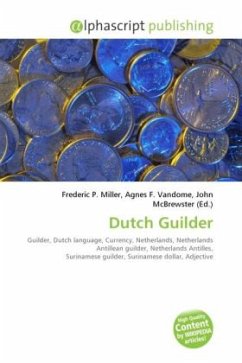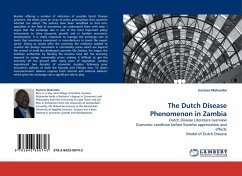The guilder, represented by the symbol or fl., was the currency of the Netherlands from the 17th century until 2002, when it was replaced by the euro. Between 1999 and 2002, the guilder was officially a "national subunit" of the euro. However, physical payments could only be made in guilder, as no euro coins or banknotes were available. Guilders are still in use in the Netherlands Antilles, a Dutch dependency, although this currency is distinct from the Dutch guilder. In 2004, the Surinamese guilder was replaced by the Surinamese dollar. The Dutch name gulden was a Middle Dutch adjective meaning "golden", and the name indicates the coin was originally made of gold. The symbol or fl. for the Dutch guilder was derived from another old currency, the florijn, called the florin in English. The exact exchange rate, still relevant for old contracts and for exchange of the legacy currency for euros at the central bank, is 2.20371 Dutch guilders (NLG) for 1 euro (EUR). Inverted, this gives EUR 0.453780 for NLG 1.
Bitte wählen Sie Ihr Anliegen aus.
Rechnungen
Retourenschein anfordern
Bestellstatus
Storno








